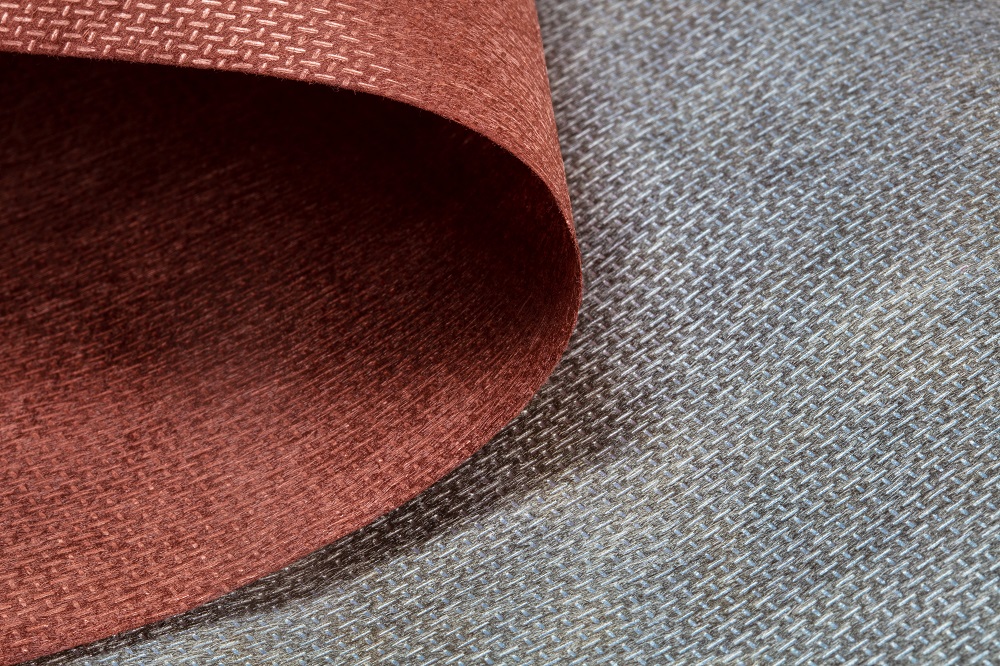Electrically Conductive Textiles: A Revolutionary Journey
Electrically conductive textiles are indispensable in many industries today. But how did it all begin? The impressive corporate history of Shieldex gives us insight into the fascinating world of conductive textiles.
Early Years and Beginnings in the Antistatic Industry
Shieldex was founded with the ambitious goal of revolutionizing the global market for antistatic fibers. Since its establishment in 1987, the company, under the leadership of Kurt Bertuleit and his dedicated team, has experienced rapid development.
Fabrics: The Next Big Step
Shieldex’s drive for innovation expanded the existing product portfolio to include another critical business area: fabric goods. The company was now capable of fully silver-coating fabrics and knits made of plastic.
Full-Surface Silver Plating of Nonwovens: A Breakthrough
In 1990, Shieldex reached another milestone by metalizing nonwovens with silver. This was a significant advancement in the history of electrically conductive textiles and opened the door to a multitude of new applications.
Technology Expansion: Copper, Nickel, and Tin
Shieldex’s groundbreaking spirit led to the introduction of copper, nickel, and tin metal coatings on textiles in 1992, implementing a process that remains unique worldwide to this day.
The Metals and Their Advantages
Each metal brought its advantages to the world of electrically conductive textiles:
Silver
As the best electrical and thermal conductor, silver is processed for shielding purposes in various applications and products.
Copper
The additional copper coating enhances the effects of electrical and thermal conductivity. In Shieldex’s product portfolio, fabric goods are available with pure copper metallization, as well as an additional coating on silver-coated fabric goods.
Nickel
Nickel enabled increased conductivity while also serving as corrosion protection for the silver and copper coatings.
Tin
In the realm of partial metallization, the tin coating allows for the soldering of the fabrics while guaranteeing flexibility and extremely high textile conductivity.




